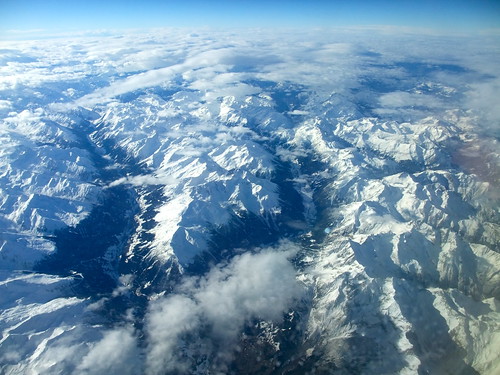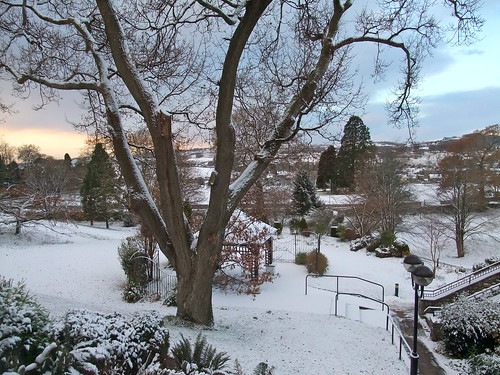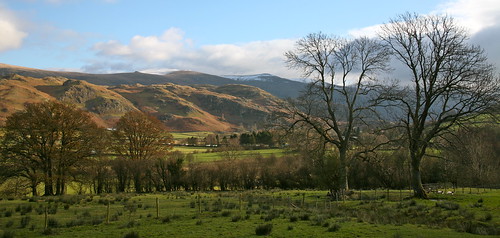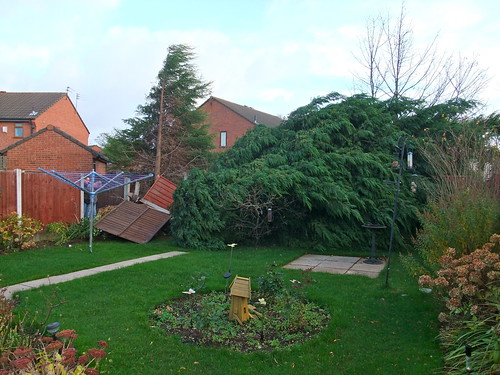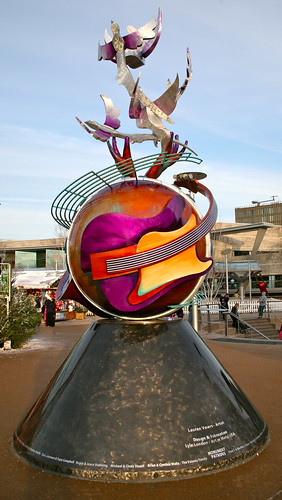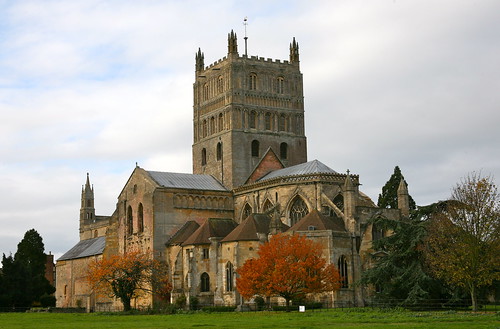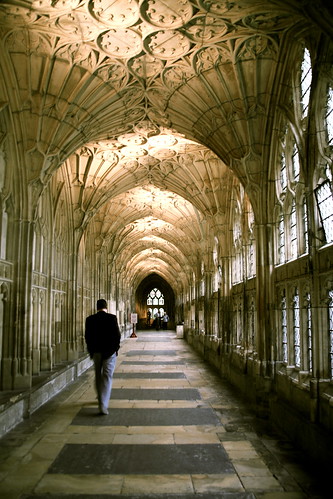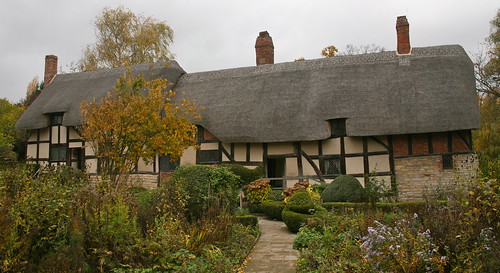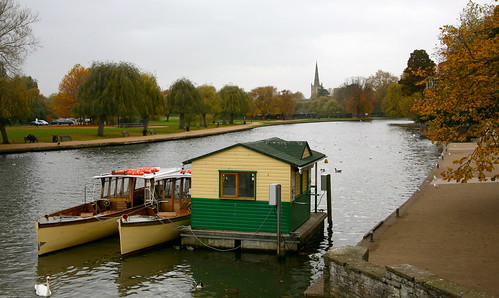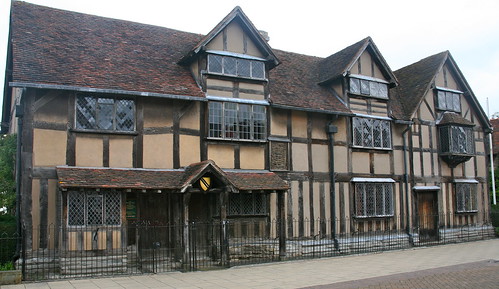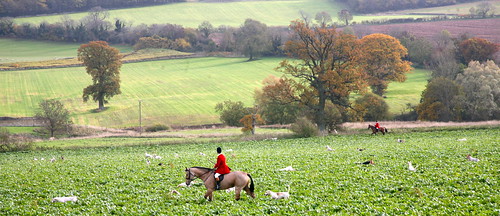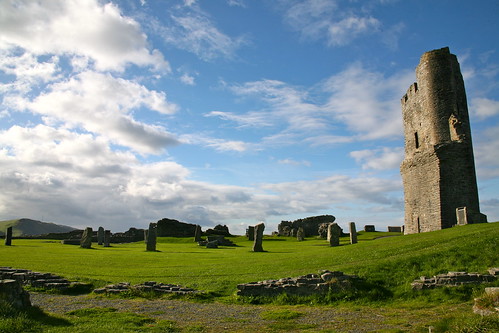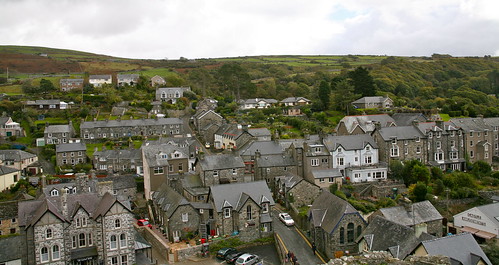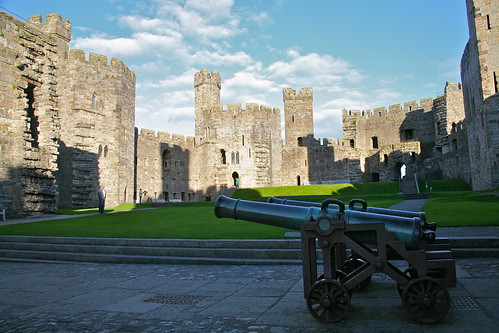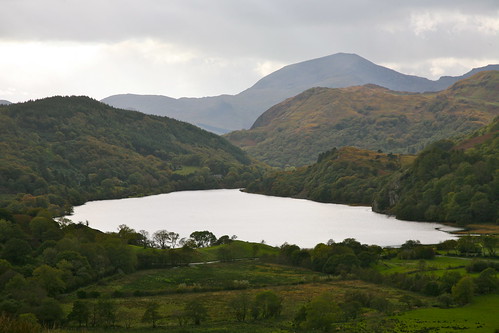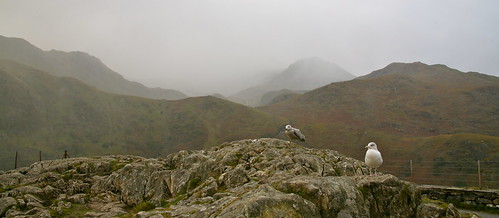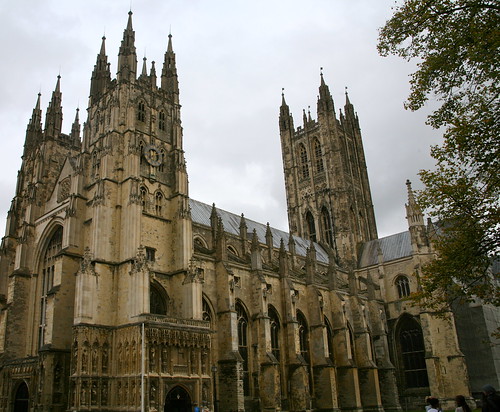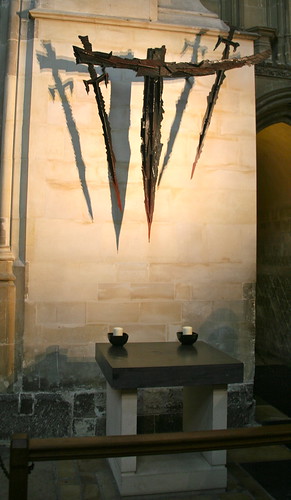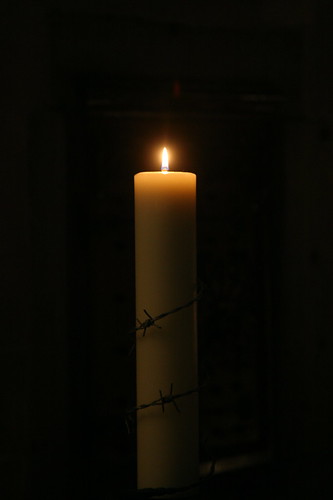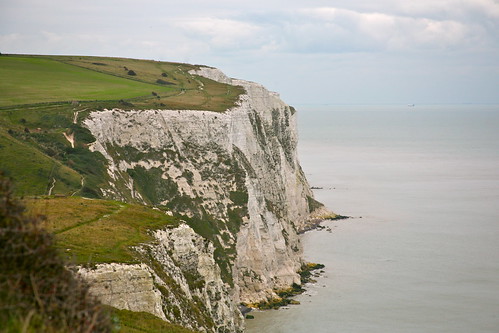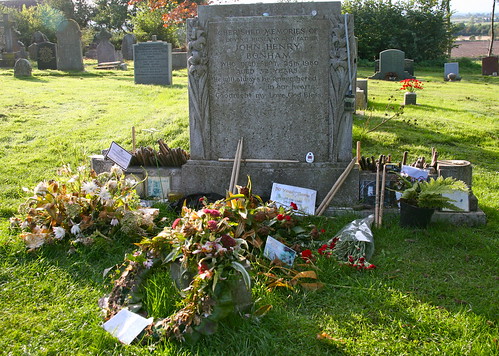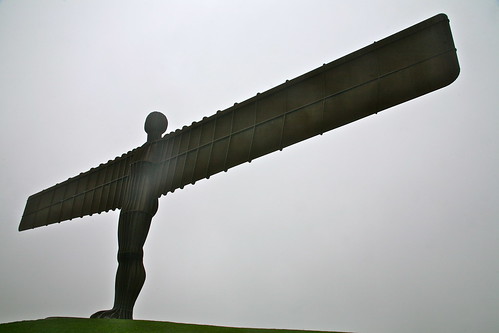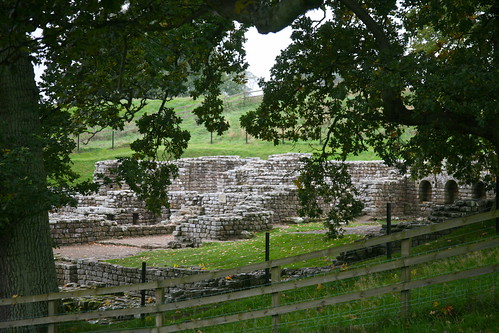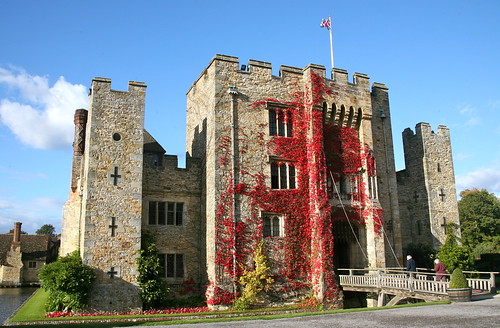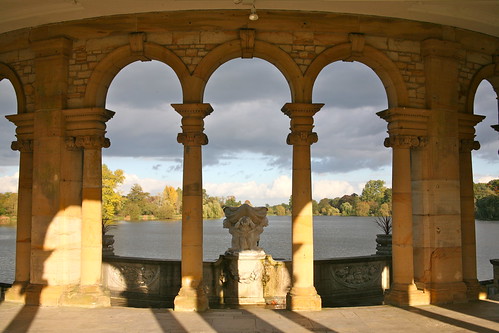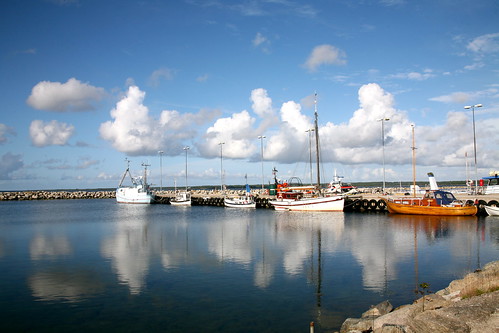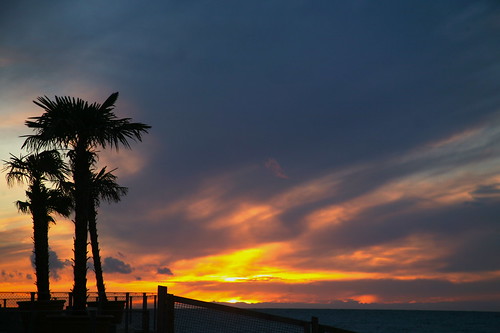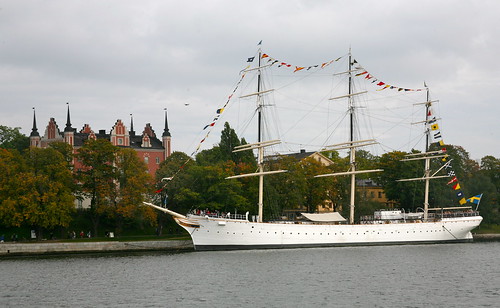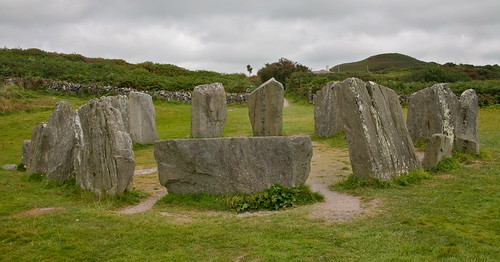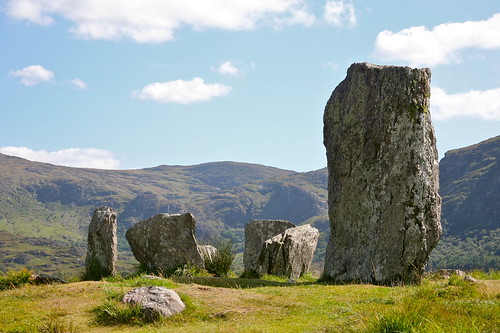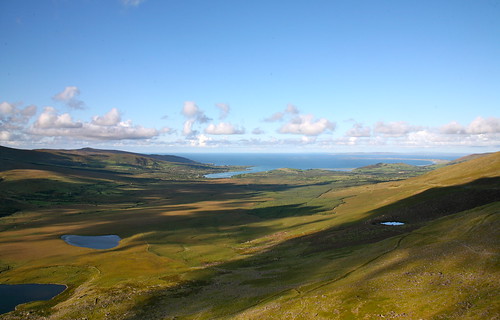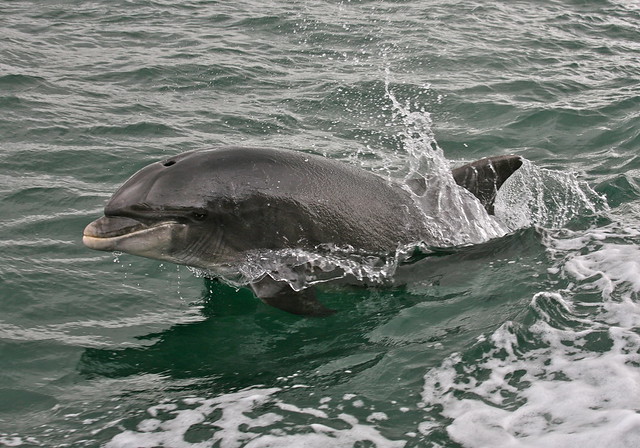The second week of my Egypt adventure took me to the Titanic Resort Hotel and Aqua park in Hurghada, on the Red Sea. It took about 5 or 6 hours to get there from Luxor, by coach. There were several other people from the cruise on the coach so we kept each other entertained through the endless miles of deserty nothingness. Sadly, we were all booked into different hotels. The travel agent (flightsandpackages.com) really could have made more of an effort to keep people together. It would have improved that week immeasurably.
The hotel, like all the others in Hurghada, is huge. It's built to look like the Titanic, except that it isn't sinking, fortunately. My room was clean and very spacious with a view out onto the enormous swimming pool. The aqua park section was over the other side and full of kids having a great time. The main pool was empty most of the time.
Note that 5 star accommodation in Egypt is not the same as 5 star anywhere else! 3 stars is a more accurate rating.
The hotel seemed to be fully booked but most of the holiday makers were German and Russian. English voices were few and far between. Any thoughts I had of visiting Russia on this trip have been deleted. I know it's wrong to generalise but....... rude, no style and definitely no class. (And I don't mean 'class' in a Karl Marx sort of way.) Even the Egyptians don't like them.
A major drawback in the hotel is that it only has one restaurant. Queues and crowding were the norm. Unless you're a bogan Russian, of course, then you just barge in regardless. Several times I got up halfway through my meal to go get a drink or whatever, to return to my seat to find everything cleared away by the staff and someone else in situ. Perhaps they should provide trays so people can get everything they need at once and so keep their seat till they've finished.
Lack of decent internet is also a problem. There are three computers for hire in the games room. 4 pounds (GBP, or 30 Egyptian pounds) an hour. The guy who runs the computers doesn't turn up till about 1pm. It's also hit and miss as to whether the server and/or connection will work properly.
I spent the first couple of days just lazing about, reading by the pool mostly.
I booked a trip to Cairo to see the Pyramids and Sphinx on the third day. Up at 1am to get on the coach for the long, long ride to Cairo - about 7 or 8 hours. There weren't enough English on the trip to have our own coach so we were put on a German coach. The guide spoke German the whole way, only occasionally remembering to let us up the back know what was going on. We did pick up an English guide once we arrived in Cairo.
First stop was the oldest mosque in Cairo (and Africa I think). We were immediately segregated according to gender. Women had to put on ridiculous green hooded cloaks before we were allowed to enter. There's a whole section of the mosque hidden behind a wooden wall - that's where the women pray. I wasn't impressed.
Next stop was the museum. Once again, we all had to leave all camera equipment behind. That always makes me nervous. But it was all still there when we'd finished. Inside, we were whisked from one exhibit to another at ridiculous speed. I did get to see Tutankhamun's mask and gold sarcophagi. Very impressive!
From there we were taken to a restaurant, somewhere in Cairo, for lunch. Food was provided but we had to pay for drinks. The manager wasn't happy that we were all drinking bottled water from the hotel.
From there it was off to the Pyramids of Giza. I've always wanted to see them and now I can say I have! I was surprised at how close they are to Cairo itself. To be honest, I think the temples at Luxor and Abu Simbel are more interesting to look at. The pyramids are impressive though. The size of the blocks of stone they're made with is enormous. I didn't go inside: the entrance is tiny and there were hundreds of people all trying to crowd inside. Seeing the outside was enough for me.
The Sphinx, however, is magnificent. It's huge! I'd seen lots of smaller sphinx in Luxor but there's nothing to compare with the one at Giza. It's face is badly damaged but that doesn't detract from the overall spectacle that it is. It's cordoned off to stop people clambering all over it. There's scaffolding over one of its hindquarters - renovation work I assume. I'm glad to see they're trying to maintain these magnificent structures.
For the short journey from the pyramids to the Sphinx people had the option of staying with the coach or hiring a camel or horse. I chose the coach haha. Just as well as it turned out. One lady with 2 young kids decided they'd hire a horse. 50 Egyptian pounds is the going rate and we were told to not pay a penny more. So she made the deal and wandered over to the staging point. The operator waited till the coach had moved off and then demanded 50 American dollars each for the three of them. She refused, of course, and so had to walk, with two crying kids, down to meet up with the coach. I don't know why Egyptians think tourists are so stupid. They end up making no money in their greed to rip people off.
Anyway, back on the coach and back to Hurghada - arrived 11pm. A long day but worth it really.
The rest of the week turned out to be a bit of a waste. I had wanted to do a trip on a glass-bottomed boat on the Red Sea and a 4wd trip out into the desert to see a Bedouin camp. However, Pharaoh's Revenge got me and I was sick for the rest of the week. Therefore, I didn't do much at all. Fortunately, I'd already seen what I'd set out to see so I wasn't too upset that I'd missed the opportunity.
The coach trip back to Luxor left at 9.30am and was made better by the fact that those of us on the same cruise were reunited for the trip. That also made Luxor airport more bearable. What a mess that is! Checking in was easy but from then on...... I'm still surprised we all managed to get on our flights. We were all a few hours early so we sat downstairs for a while just chatting and swapping stories. Then we decided to move upstairs as the blokes were in need of a beer. We had to go through a security checkpoint to get up to the bar and duty free area. That's standard. But, after a while, about an hour before boarding time, we noticed a huge queue forming. We decided to join it just in case. Good move. Over an hour later we got the the head of the line to find another security checkpont. Three booths for hundreds of people. Chaos. I've not seen any other airport that has the main security after the duty free area. Crazy! Once through security you go straight to the boarding lounge, which was completely empty as, by now, the plane was an hour late departing and people had to board immediately. "Why are you so late?" said the man checking the boarding passes. Pffftt!
The flight was uneventful, except there was no tea or coffee on board - not enough fresh water. Apparently it's illegal to take water on board from Egypt (probably because it's of such dodgy quality) and so they had to make do with what was left from the flight from Manchester, which wasn't much.
We landed at 11.15pm, only half an hour late. I was supposed to pick up my car from the long term carpark but decided, as it was minus 12 C, I'd go straight to the hotel. I'd missed the last shuttle bus 'cos we were late so had to get a taxi. It was about 12.30 by the time I got to bed.
The next day, I hung around the hotel till the last possible check out time then went in search of my car. I had to catch a taxi back to the airport terminal to get the shuttle bus to the carpark. Fortunately, the car wasn't buried under snow and I was able to get it out relatively easily.
I've got some observations to make about Egypt in general but I think I'll save them for another post. All in all, except for getting sick, it was a memorable two weeks. I enjoyed the first week a lot more than the second but I'm glad I went. It was worth it all just to see the wonders of Ancient Egypt. Truly magnificent.
Later....
Huawei Honor X1, Tablet Kamera 13 MP 4G LTE
10 years ago
